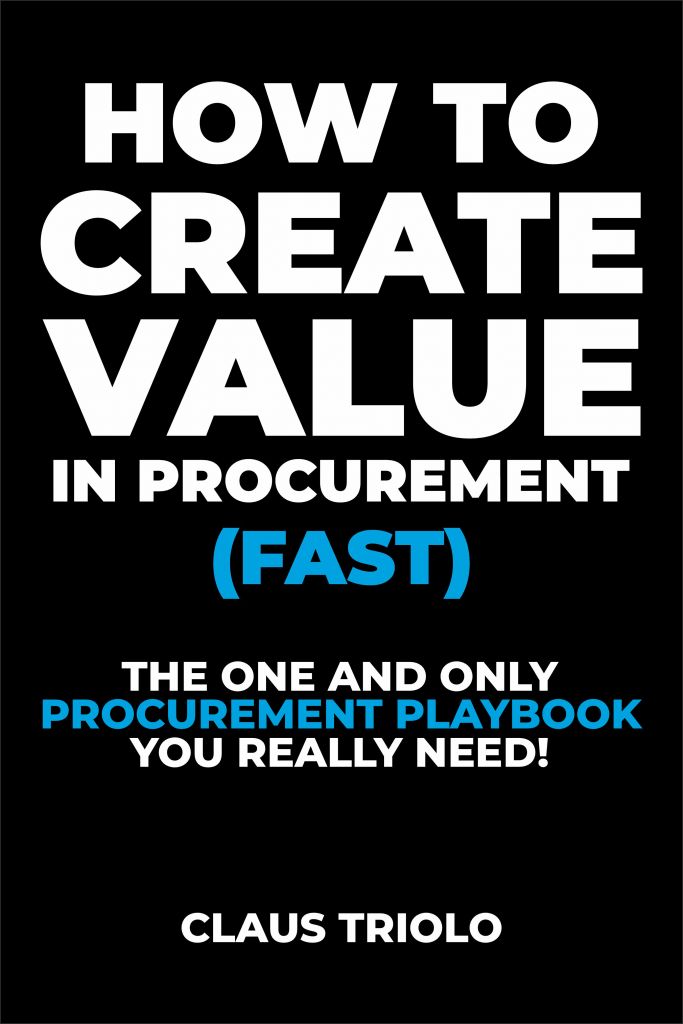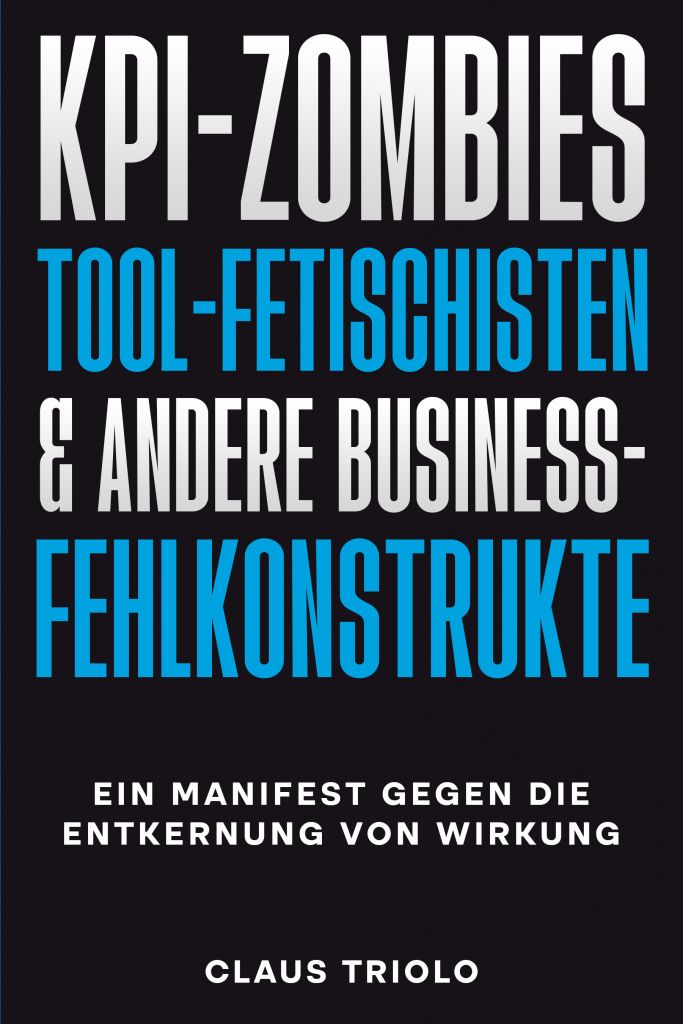Leadership is often celebrated as the art of inspiring teams, driving innovation, and creating value. But here’s the hard truth: many leaders aren’t leading at all. They’re managing – overseeing tasks, hitting deadlines, and maintaining the status quo.
That’s not leadership.
True leadership is about unlocking potential, fostering innovation, and turning teams into engines of growth and resilience. If your team isn’t challenging boundaries or driving impact, you’re not leading – you’re managing their work.
Over my career, I’ve witnessed this gap repeatedly. Leaders often mistake task completion for progress. Projects may be delivered on time, but the spark of creativity, the drive for innovation – those elements are missing.
The reason is simple: managing focuses on short-term outputs, while leadership is about long-term outcomes. Outputs are finite, limited to the scope of a specific project. Outcomes, on the other hand, are exponential – they create ripples of value that extend well beyond the task at hand.
Take a procurement team I once worked with:
- They were hitting deadlines but failing to innovate.
- Supplier relationships were transactional, not strategic.
- The root cause? A manager overly focused on spreadsheets and approvals, ignoring the potential of the team’s insights and creativity.
By shifting the focus from task management to leadership, we transformed that team into a powerhouse of ideas, unlocking millions in savings and strategic value.
If you want to lead – not just manage – start by focusing on these three pillars:
Micromanagement might deliver short-term compliance, but it suffocates long-term creativity. Trusting your team means giving them the autonomy to make decisions and the confidence that you’ll support them when they take risks.
Tangible Insight:
Create clear boundaries for decision-making authority. For example, set thresholds for approval processes, such as allowing team leads to greenlight purchases up to a specific budget. This reduces bottlenecks and empowers your team to act quickly.
Real-World Example:
In one organization, decentralizing decision-making for low-risk purchases saved 20% in administrative time, freeing procurement to focus on strategic supplier negotiations.
A team without a clear purpose is like a ship without a compass. Vision isn’t just a mission statement; it’s a tangible, actionable framework that guides decisions and inspires action.
Tangible Insight:
Translate organizational goals into clear, measurable objectives for each team. For example, if sustainability is a priority, set specific KPIs like reducing supplier emissions by 15% over the next year.
Real-World Example:
When leading a digital transformation, I made it a point to align each team’s work with the overarching vision of agility and resilience. By breaking this vision into measurable steps – such as automating 30% of manual processes in six months – we kept everyone aligned and motivated.
Even the most talented teams can’t excel without the right tools and support. Empowerment isn’t about removing all rules – it’s about giving people the resources they need to succeed within a well-structured framework.
Tangible Insight:
Invest in tools that eliminate friction. AI-powered analytics, collaborative platforms, and self-service procurement portals can significantly reduce repetitive tasks and improve efficiency.
Real-World Example:
In one procurement project, introducing an intuitive S2P platform didn’t just streamline processes – it sparked innovation. The platform’s analytics highlighted supplier inefficiencies, leading to new strategies that cut costs by 18% while improving delivery times.
“The best leader is the one who has sense enough to pick good people to do what he wants done, and self-restraint enough to keep from meddling with them while they do it.”
Theodore Roosevelt, 26th President of the United States
The shift from managing to leading starts with mindset. Leaders who focus solely on managing tasks will always struggle to achieve breakthrough results. But those who prioritize trust, clarity, and empowerment will unlock their team’s full potential.
Let’s revisit the procurement team I mentioned earlier. When we transitioned from task management to leadership:
- Supplier negotiations became collaborative, yielding long-term partnerships.
- Operational costs dropped by 30% as inefficiencies were addressed by empowered team members.
- Employee satisfaction skyrocketed, with engagement scores increasing by 40%.
That’s the power of true leadership.
Leadership isn’t about controlling processes—it’s about creating an environment where people can thrive, innovate, and drive lasting impact. Great leaders don’t just oversee – they inspire, align, and empower.
“Leadership isn’t about control – it’s about creating systems where people thrive and innovation flourishes.”
Claus Triolo, The Procurement Rainmaker


















